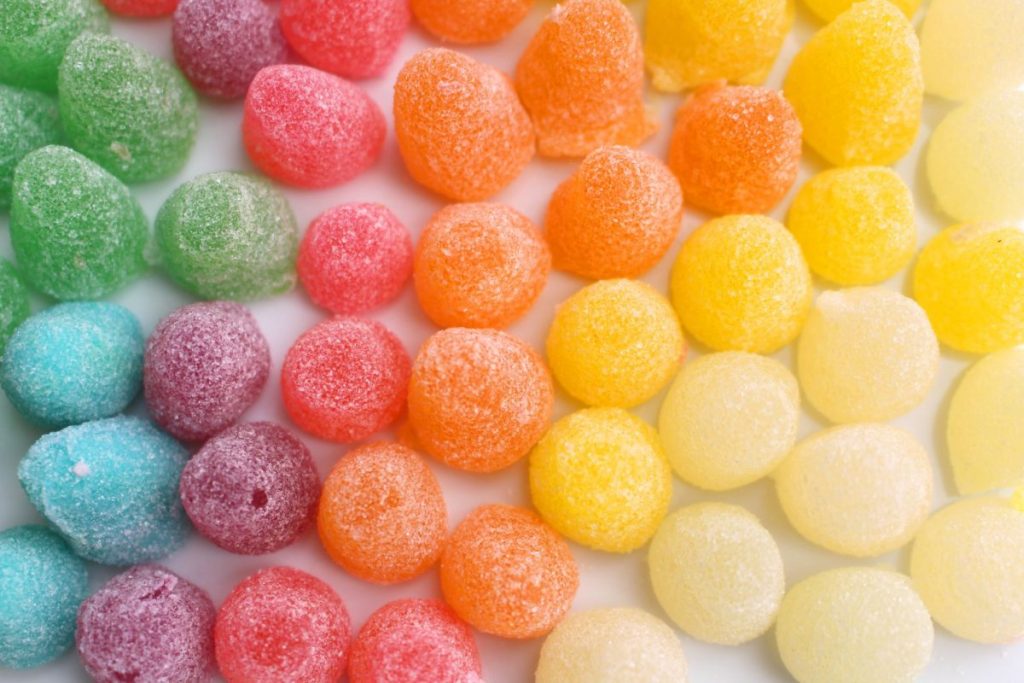Exploring the Science behind Amanita Muscaria Gummies and Their Effects
Amanita muscaria, often recognized by its striking red cap and white spots, is a mushroom with a rich history in various cultures. Traditionally associated with shamanic practices and folklore, it has recently gained popularity in the form of gummies, touted for their potential therapeutic benefits. To understand the effects of Amanita muscaria gummies, it is crucial to delve into the science behind this unique fungus. The primary psychoactive compounds in Amanita muscaria are muscimol and ibotenic acid. Muscimol is the primary agent responsible for the mushroom’s psychoactive effects, acting as a potent GABA_A receptor agonist in the brain. This interaction leads to sedative and dissociative effects, often described as a sense of euphoria or altered perception. Ibotenic acid, on the other hand, is a neurotoxin that can convert into muscimol through decarboxylation, which occurs during the drying process or within the body after ingestion. This conversion plays a significant role in determining the potency and effects of the mushroom.

The processing of amanita mushrooms into gummies involves a careful extraction and standardization process to control the concentrations of muscimol and ibotenic acid. This is crucial because the raw mushroom can have unpredictable effects due to its variability in psychoactive compound levels. By creating gummies, manufacturers aim to offer a more consistent and measured dosage, reducing the risk of adverse effects and making it easier for users to gauge their response. The effects of Amanita muscaria gummies can vary widely among individuals. Some users report enhanced relaxation, vivid dreams, and altered sensory experiences. However, the mushroom’s psychoactive properties can also lead to negative side effects such as nausea, dizziness, and confusion, especially if consumed in large amounts or without proper knowledge of one’s sensitivity. The presence of ibotenic acid in the raw mushroom can contribute to these adverse effects, though it is typically reduced through the processing of the gummies.
From a scientific standpoint, research on Amanita muscaria is limited compared to other psychoactive substances. While there is historical and anecdotal evidence supporting its use for various conditions, such as anxiety and insomnia, empirical studies are scarce? Most current understanding is derived from pharmacological studies of the compounds and user reports. The mushroom’s psychoactive effects are often described as less predictable than those of more studied substances like psilocybin or LSD. In summary, Amanita muscaria gummies offer a novel way to experience the effects of this historically significant mushroom, with the potential for both therapeutic and adverse outcomes. The scientific understanding of its compounds and their effects is still developing, and users should approach these gummies with caution, mindful of the variability in individual responses and the potential for both beneficial and undesirable effects.
